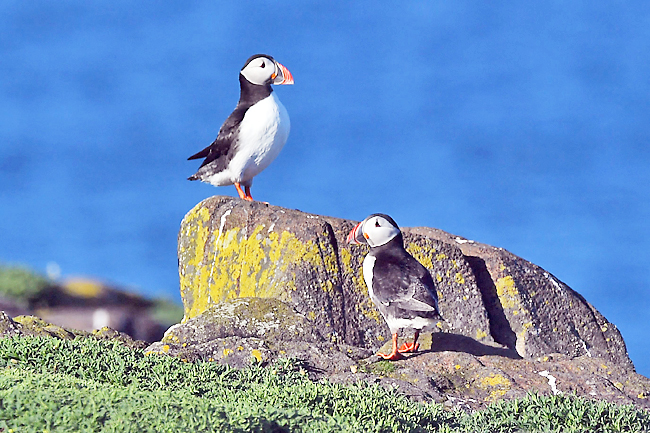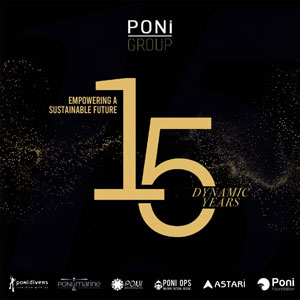ISLE OF MAY (AFP) – The Isle of May, off Scotland’s east coast, is home to one of the United Kingdom’s biggest colonies of seabirds. Some 200,000 birds, from kittiwakes to guillemots can flock to the rocky outcrop at the height of the breeding season.
But conservationists are concerned about dwindling numbers of one of the island’s most distinctive visitors – the Atlantic puffin.
“The population was really booming in the 80s and 90s and then suddenly, a crash,” manager at the nature reserve David Steel told AFP. “We lost nearly 30 per cent of all puffins in the mid-2000s and since then the population has slowly increased but nothing compared to what it used to be.”
Just over 80 kilometres down the coast on the Farne Islands, off Northumberland in northeast England, there are similar concerns.
In both places, global warming, high winds, rains, coastal erosion, pollution and overfishing of its favoured food – sand eels – is being blamed for dwindling numbers.
“Climate change is having a big effect with prey items in the sea,” affecting sand eels which feed on plankton in the North Sea, said Steel.

“The plankton is moving north as the sea temperature increases. So if there are less sand eels the puffins are going to struggle.”
On a meadow on one of the Farne Islands, rangers slowly slide their arms into narrow sandy burrows, searching for signs of nesting pairs of puffins, which are known locally as “tommy noddies”.
“Quite often you will get a bit of a nip, which is a good sign because it means then that the burrow is occupied,” said one of the rangers, Rosie Parsons.
In 2015, the International Union for the Conservation of Nature gave puffins “vulnerable” status, after large declines over much of their European range.
Rising sea temperatures have caused sand eels to move north to cooler waters, forcing the birds to follow but where more extreme weather can be fatal for them.
The traditional enemies of puffins, which grow to just under 30 centimetres tall and weigh around 450 grammes, are seagulls and seals.
Puffins mate for life and lay a single egg in April or May. Due to their low reproductive rate, populations can take decades to recover from a sudden knock.







